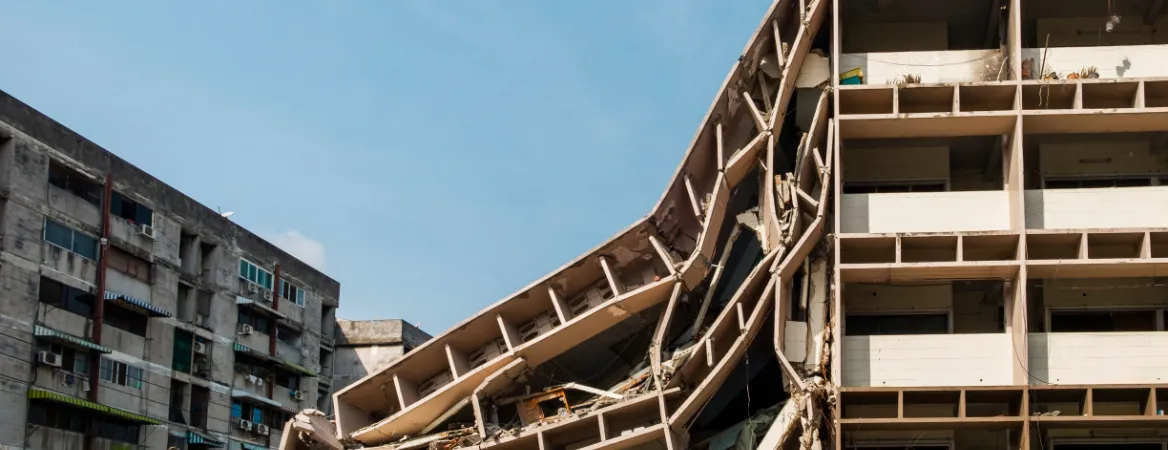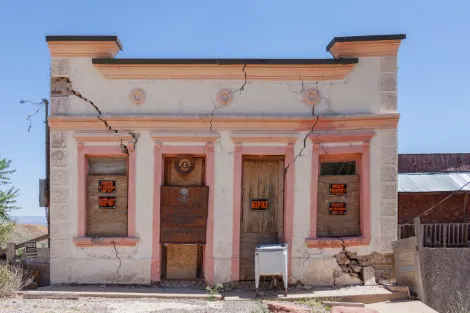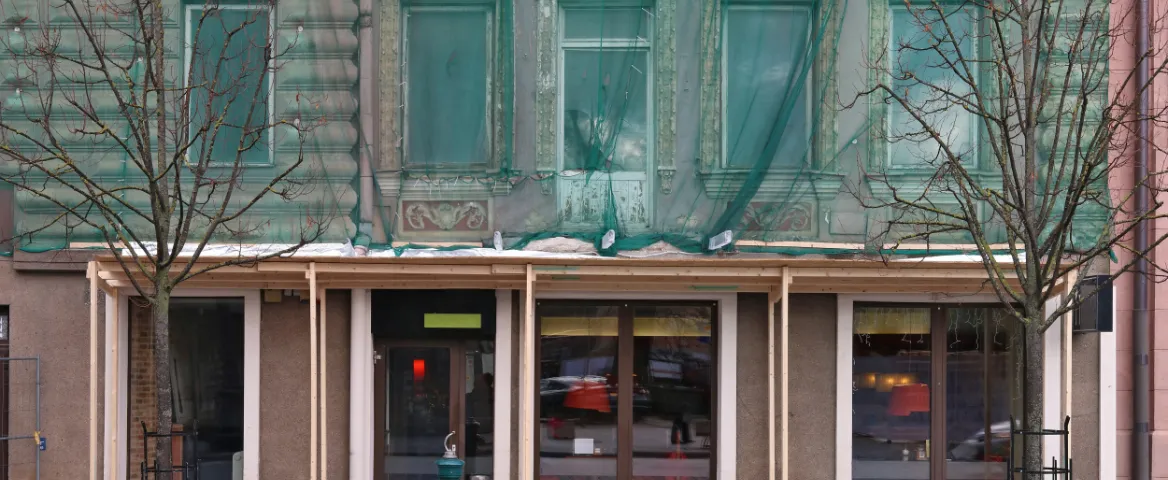Embrace Structural Repair with Safety: Prevent Buildings from Collapsing

Collapsing Buildings
Collapsing buildings are becoming more common. A recent news article or a drive down the road shows that this issue is worldwide. It is easy to recognize the beauty of red brick buildings or old concrete structures. Driving through historic towns captivates the stories within each monument. Yet, a common sight of a collapsing wall can be terrifying and dangerous to the community.
Natural disasters such as hurricanes, earthquakes, and tornadoes can cause buildings to crumble. Engineers can consider these expected regional sources of degradation. However, the one thing that they cannot always account for is the test of time.
On average, buildings in the United States are about 53 years old. Concrete reinforced with steel becomes vulnerable to rusting in that same amount of time. Building inspections should have five-year requirements. The condo in Surfside, Florida, was due for its 40-year inspection the year that it collapsed. This horrific incident outlined the need for frequent checks for structural damage.








